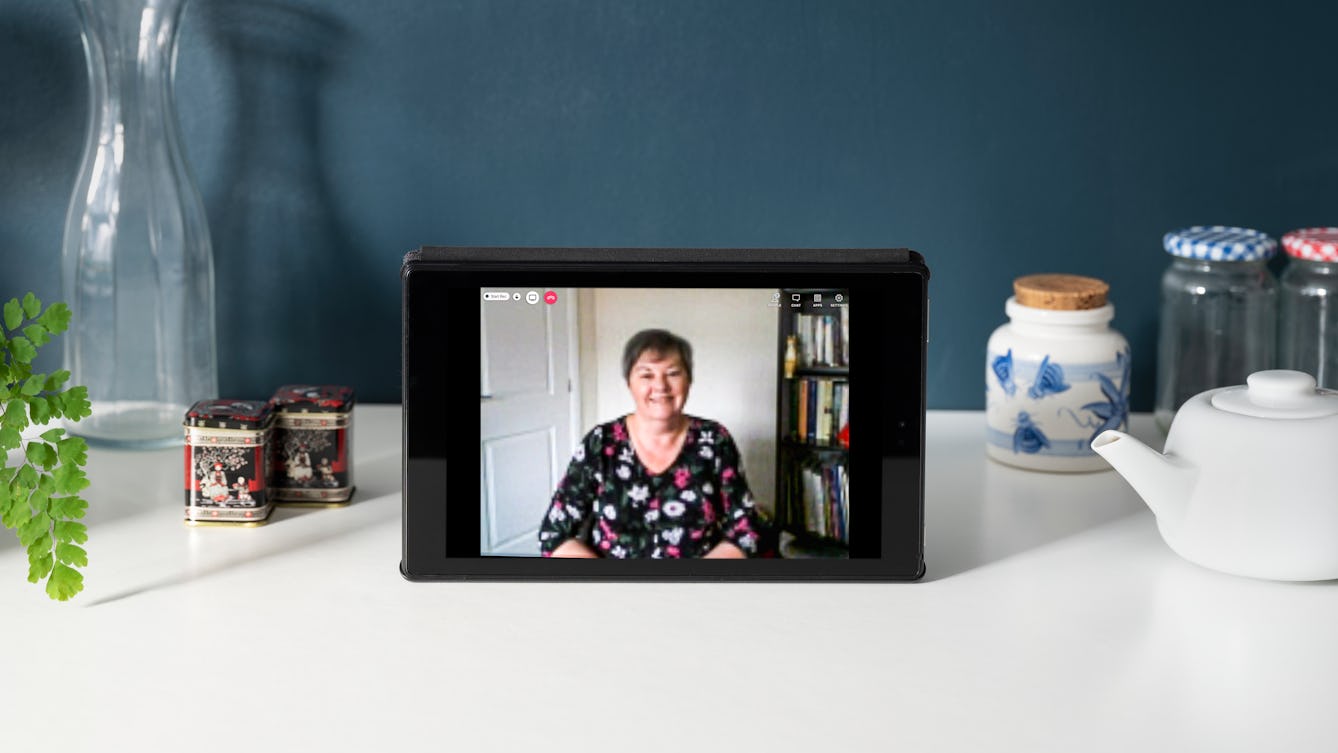Stories

- Article
‘Jessy’, a film about cerebral palsy
How the 1950s British film industry portrayed this disease.

- Article
Our Covid complicity
Athena Stevens thought she had a cold that she tried to ignore, but it turned out to be Covid-19. Here she reflects on how we have all put ourselves and others at risk with the choices we’ve made during this pandemic.

- Article
Caring for our Disabled daughter in lockdown
Jane Holmes talks about the challenges of caring for her Disabled daughter while working and trying to stay safe during the pandemic.

- Article
Living with early onset Parkinson’s
Ten years ago, three little words changed Pete Langman’s world.
Catalogue

- Books
- Online
Palsy of the extraocular muscles in exophthalmic goitre : with the report of a case / by William Campbell Posey.
Posey, William Campbell, 1866-1934.Date: [1904]- Books
The cerebral palsied child and his care in the home / prepared by Viola E. Cardwell.
Association for the Aid of Crippled Children.Date: 1947- Archives and manuscripts
Cerebral palsy - very miscellaneous reprints and pamphlets etc.
Date: c.1955-1957Reference: PP/GDR/B/50Part of: Dick-Read, Grantly- Archives and manuscripts
Cerebral palsy: especially notes, cuttings, etc., from Sister Joyce Macpherson [Mrs Nott] of Western Australia
Date: 1952-1958Reference: PP/GDR/B/49Part of: Dick-Read, Grantly- Archives and manuscripts
Correspondence re its incidence and treatment
Date: 1957-1958Reference: PP/GDR/B/51Part of: Dick-Read, Grantly









![Tanacetum cinerariifolium Sch.Blp. Asteraceae Dalmation chrysanthemum, Pyrethrum, Pellitory, Tansy. Distribution: Balkans. Source of the insecticides called pyrethrins. The Physicians of Myddfai in the 13th century used it for toothache. Gerard called it Pyrethrum officinare, Pellitorie of Spain but mentions no insecticidal use, mostly for 'palsies', agues, epilepsy, headaches, to induce salivation, and applied to the skin, to induce sweating. He advised surgeons to use it to make a cream against the Morbum Neopolitanum [syphilis]. However he also describes Tanacetum or Tansy quite separately.. Quincy (1718) gave the same uses](https://iiif.wellcomecollection.org/image/B0009211/full/282%2C/0/default.jpg)
